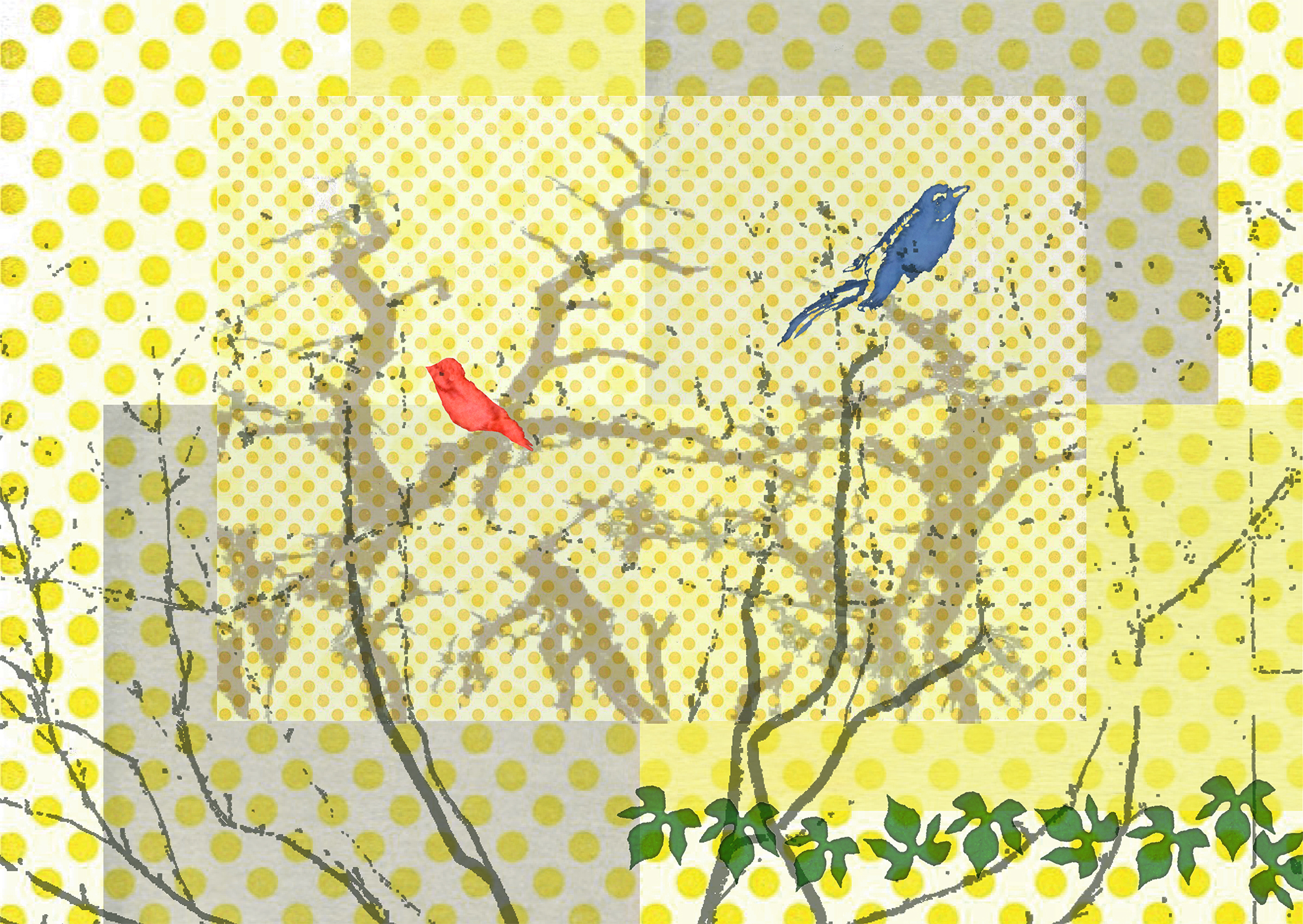
Made by Hand
January 5 - April 29, 2018

Made by Hand highlights the skillful needlework and dazzling designs of America’s material culture. The quilts, made prior to 1870, represent rare and unusual examples, such as the stenciled bedcover, as well as standard star designs and mid-century appliqué.
Popular patterns and layouts were shared by friends, mailed to family members, and inspired by exhibits seen at county and state fairs. As the fabrics and supplies needed to make fashionable quilts became more widely available at reasonable prices, quiltmaking increased accordingly.
Made by Hand is drawn from research for the latest catalog of the International Quilt Museum: American Quilts in the Industrial Age, 1760-1870. This new, comprehensive catalog of the IQM Collection, edited by Patricia Crews and Carolyn Ducey, features more than 600 quilts.